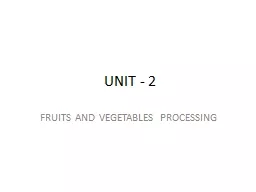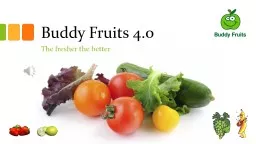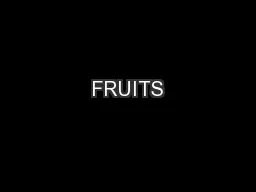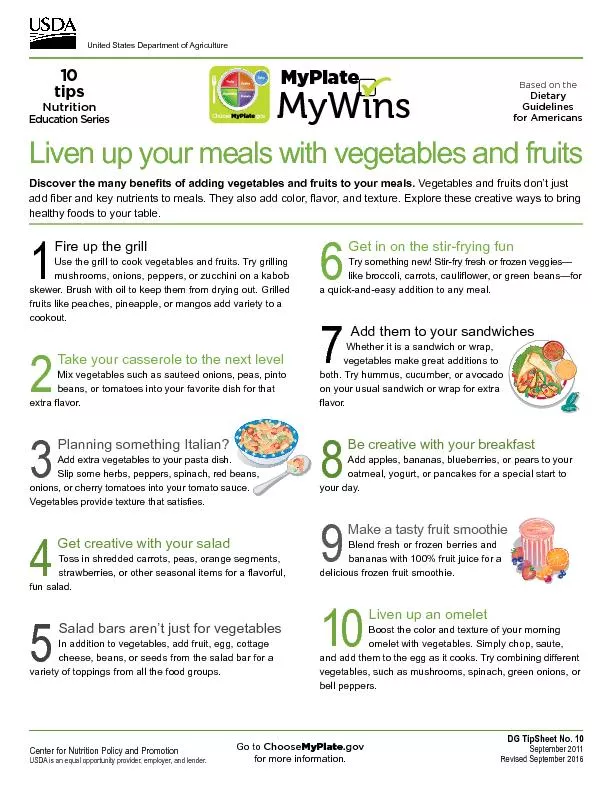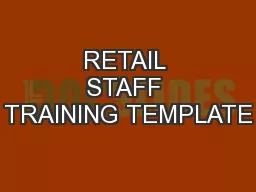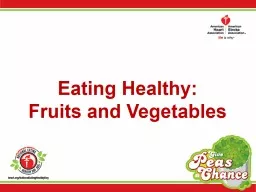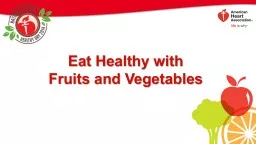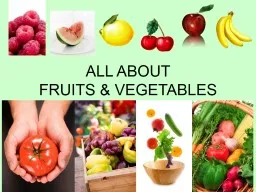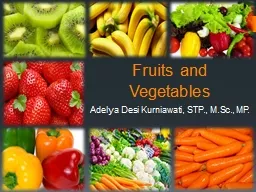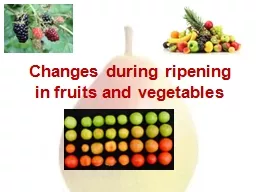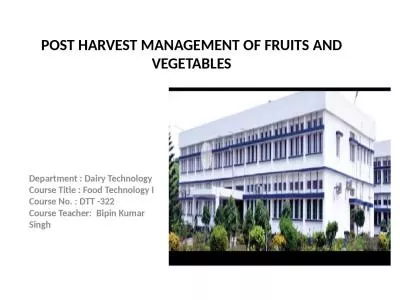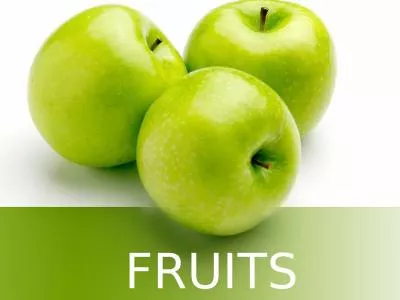PPT-UNIT - 2 FRUITS AND VEGETABLES PROCESSING
Author : ella | Published Date : 2023-05-31
Introduction M any postharvest treatments are applied to horticultural crops either to maintain the quality taste colour flavour texture or improve the visual
Presentation Embed Code
Download Presentation
Download Presentation The PPT/PDF document "UNIT - 2 FRUITS AND VEGETABLES PROCESSIN..." is the property of its rightful owner. Permission is granted to download and print the materials on this website for personal, non-commercial use only, and to display it on your personal computer provided you do not modify the materials and that you retain all copyright notices contained in the materials. By downloading content from our website, you accept the terms of this agreement.
UNIT - 2 FRUITS AND VEGETABLES PROCESSING: Transcript
Download Rules Of Document
"UNIT - 2 FRUITS AND VEGETABLES PROCESSING"The content belongs to its owner. You may download and print it for personal use, without modification, and keep all copyright notices. By downloading, you agree to these terms.
Related Documents

